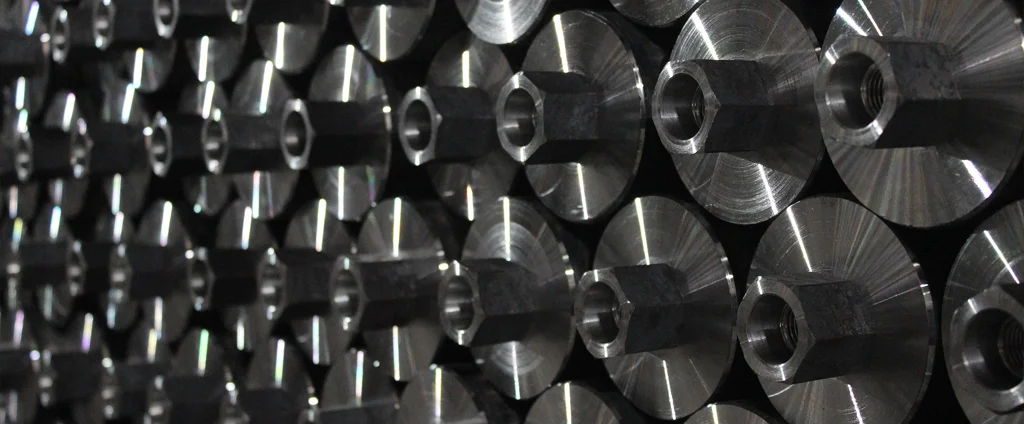SAE/AISI 1090 Carbon Steel (UNS G10900)

SAE/AISI 1090 carbon steel is renowned for its excellent strength, hardness, and wear resistance due to its high carbon content. It is commonly used in demanding applications that require durability and toughness, such as automotive components, industrial machinery, and cutting tools.
| Chemical Composition | ||
|---|---|---|
| Element | Min | Max |
| Iron | 98.03% | 98.55% |
| Carbon | 0.85% | 0.98% |
| Manganese | 0.60% | 0.90% |
| Phosphorous | —— | 0.04% |
| Sulfur | —— | 0.05% |
The following table provides a list of SAE/AISI 1090 properties in both SI and US customary/Imperial units.
Click on the button to switch between Metric and Imperial units.
| Physical Properties | Metric |
|---|---|
| Density | 7850 kg/m3 |
| Mechanical Properties | Metric |
| Tensile Strength (Ultimate) | 700 - 950 MPa |
| Tensile Strength (Yield) | 520 - 610 MPa |
| Young’s Modulus (E) | 190 - 210 GPa |
| Bulk Modulus (K) | 140 GPa |
| Shear Modulus (G) | 80 GPa |
| Elongation at Break | 10% |
| Reduction of Area | 25 - 45% |
| Poisson’s Ratio (ν) | 0.27 - 0.30 |
| Brinell Hardness | 200 - 280 |
| Thermal Properties | Metric |
| Thermal Conductivity | 50 W/m·K |
| Specific Heat Capacity (Cp) | 470 J/kg·K |
| Coefficient of Thermal Expansion (αL) | 1.2×10-5 1/°C |
| Electrical Properties | Metric |
| Electrical Conductivity | 4.12×106 S/m |
| Electrical Resistivity | 2.43×10-7 Ω·m |
The values in this table are approximate and can vary depending on various factors such as the specific manufacturing process and heat treatment applied to the alloy.
Advantages & Disadvantages of 1090 Carbon Steel
| Advantages | Disadvantages |
|---|---|
| High strength | Limited ductility |
| High hardness | Machinability challenges |
| Good wear resistance | Susceptibility to corrosion |
| Heat treatability |
Applications of 1090 Carbon Steel
SAE/AISI 1090 carbon steel is widely used in applications where strength and wear resistance are essential. Key applications include:
- Springs and suspension components: Manufacture of heavy-duty springs used in automotive suspensions, industrial machinery, and construction equipment.
- Cutting tools and blades: Production of knives, saw blades, shear blades, and industrial cutting edges.
- Fasteners: Manufacturing of high-strength bolts, screws, and studs used in structural applications, machinery, and automotive components.
- Agricultural equipment: Applications in agricultural machinery parts, such as plowshares, tillage tools, and harvest blades.
- Hand tools: Production of hand tools like hammers, chisels, punches, and wrenches.
- Automotive components: Use in various automotive components, including crankshafts, axles, gears, and high-strength structural parts.
- Railroad and construction equipment: Manufacturing of components used in heavy machinery, railroad tracks, construction equipment, and mining machinery.
- Industrial machinery and equipment: Utilization in the fabrication of gears, shafts, couplings, and machine frames for industrial machinery and equipment.
